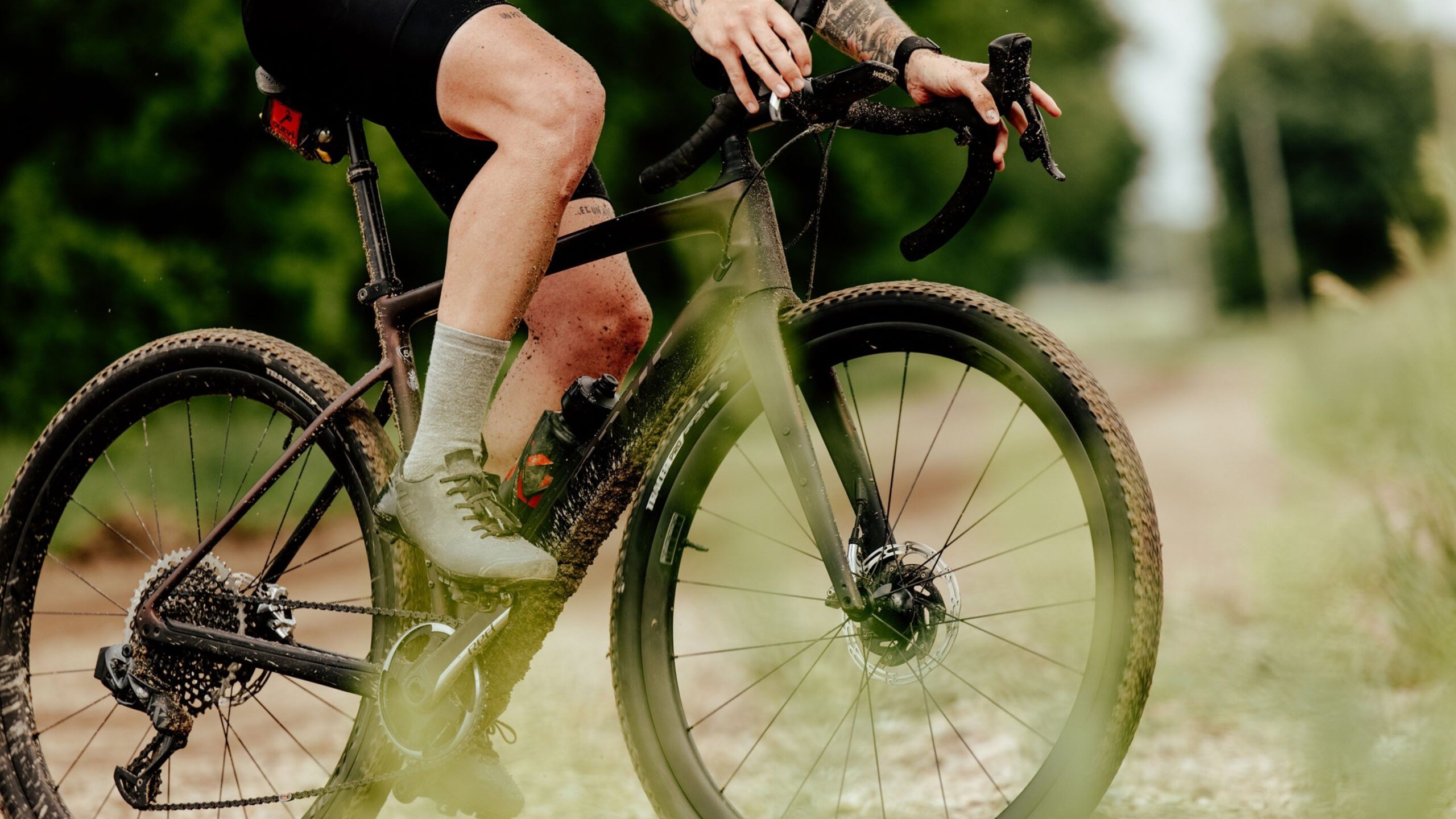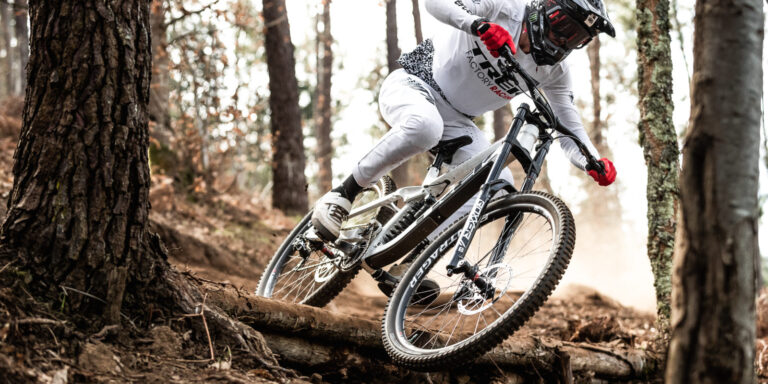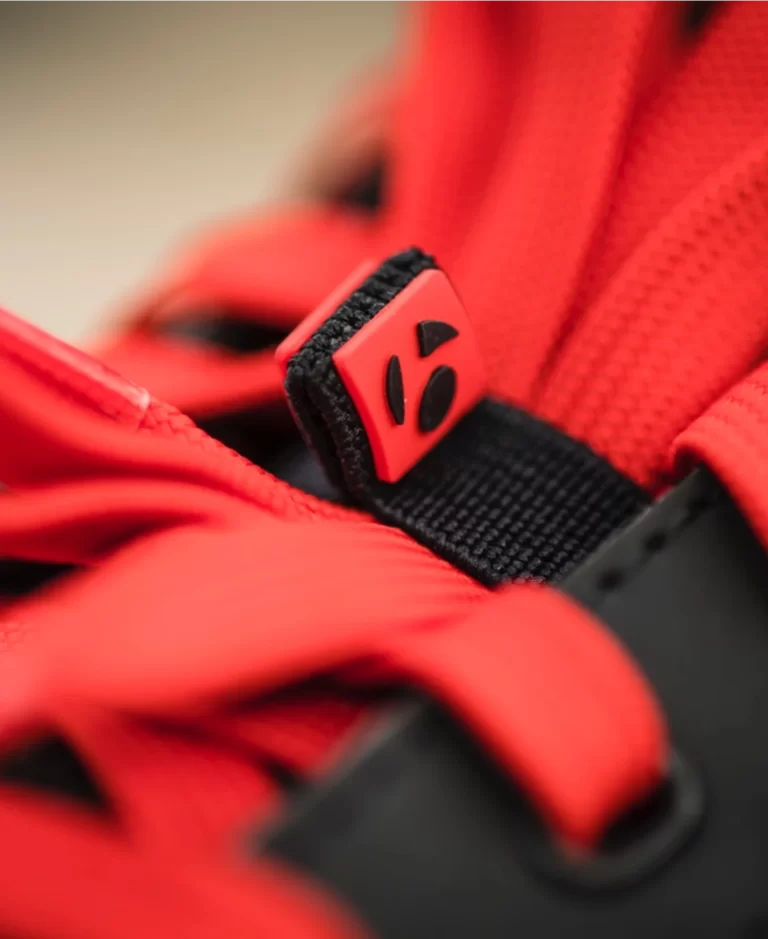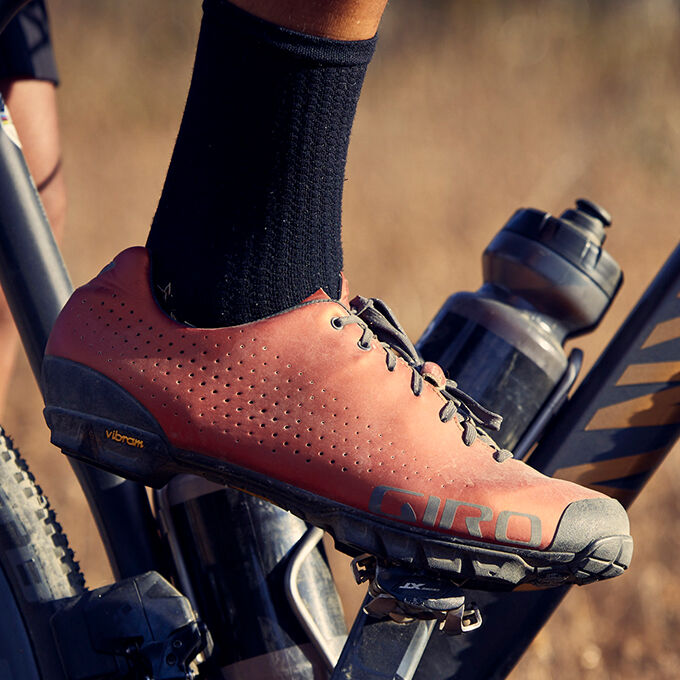Mountain Bike Shoe Sizing and Fit Guide: Essential Tips for Optimal Comfort and Performance
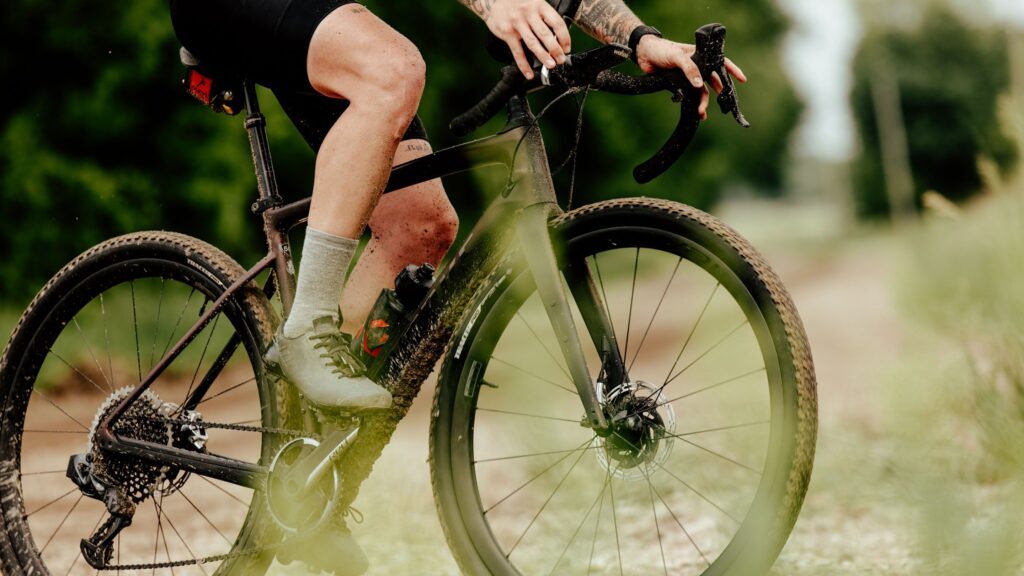
Key Point Summary of Mountain Bike Shoe Sizing and Fit Guide:
- Precise Sizing for Enhanced Performance: Understanding the importance of accurate mountain bike shoe sizing for better riding efficiency.
- Tailoring Fit to Individual Needs: How to measure and adjust for the perfect mountain bike shoe fit.
- Comfort and Support Considerations: Balancing comfort with support to maximize your mountain biking experience.
As a masters cyclist who has delved into the worlds of racing and riding across various terrains with mountain bikes, gravel bikes, and cyclocross bikes, I’ve come to realize how vital the right footwear is in our sport. This guide is designed to assist cyclists, particularly those with beginner to mid-level experience, in finding the perfect fit for their mountain bike shoes.
Differences Between Mountain Bike Shoes and Road Bike Shoes
Understanding the distinctions between mountain bike shoes and road bike shoes is crucial for cyclists, especially when it comes to sizing and fit.
- Sole Flexibility and Tread: Mountain bike shoes typically have a more flexible sole compared to the very stiff soles of road bike shoes. This flexibility is essential for walking or navigating rough terrain. Additionally, mountain bike shoes have a pronounced tread for grip during off-bike sections, something you won’t find on road shoes.
- Cleat Compatibility: The cleats on mountain bike shoes are recessed, making it easier to walk without damaging the cleats or slipping. Road bike shoes have protruding cleats which can make walking difficult and awkward.
- Durability and Protection: Mountain bike shoes are designed to withstand rougher conditions. They often have reinforced toe boxes and are made from more rugged materials to offer better protection against trail hazards.
- Breathability and Weather Resistance: Given the varied conditions of mountain biking, these shoes usually offer a balance between breathability and weather resistance. Road bike shoes, on the other hand, prioritize aerodynamics and ventilation.
The Significance of Precise Sizing in Mountain Biking
Sizing in mountain bike shoes isn’t just about comfort; it’s about efficiency and control on the trails. Ill-fitting shoes can lead to discomfort, reduced power transfer, and even injuries. I remember my early days of mountain biking with shoes that were too large, causing my feet to slide around, which greatly affected my control and pedaling efficiency.
Measuring for the Perfect Fit
The process of measuring your feet for mountain bike shoes is straightforward but essential for finding the right fit.
- Foot Measurement: Measure your foot length in centimeters. Place a sheet of paper against a wall, stand on it with your heel touching the wall, and mark the longest part of your foot. Measure this length. Repeat for both feet as they might be slightly different.
- Checking Width and Volume: Mountain bike shoes vary in width and volume. If you have wider feet or high arches, look for shoes that cater to these features. A good fit in width ensures comfort, especially on long rides.
- Trying Shoes On: Always try shoes on with the socks you plan to ride in. The fit should be snug but not overly tight, with enough room to wiggle your toes. Your heel should stay in place when walking or pedaling.
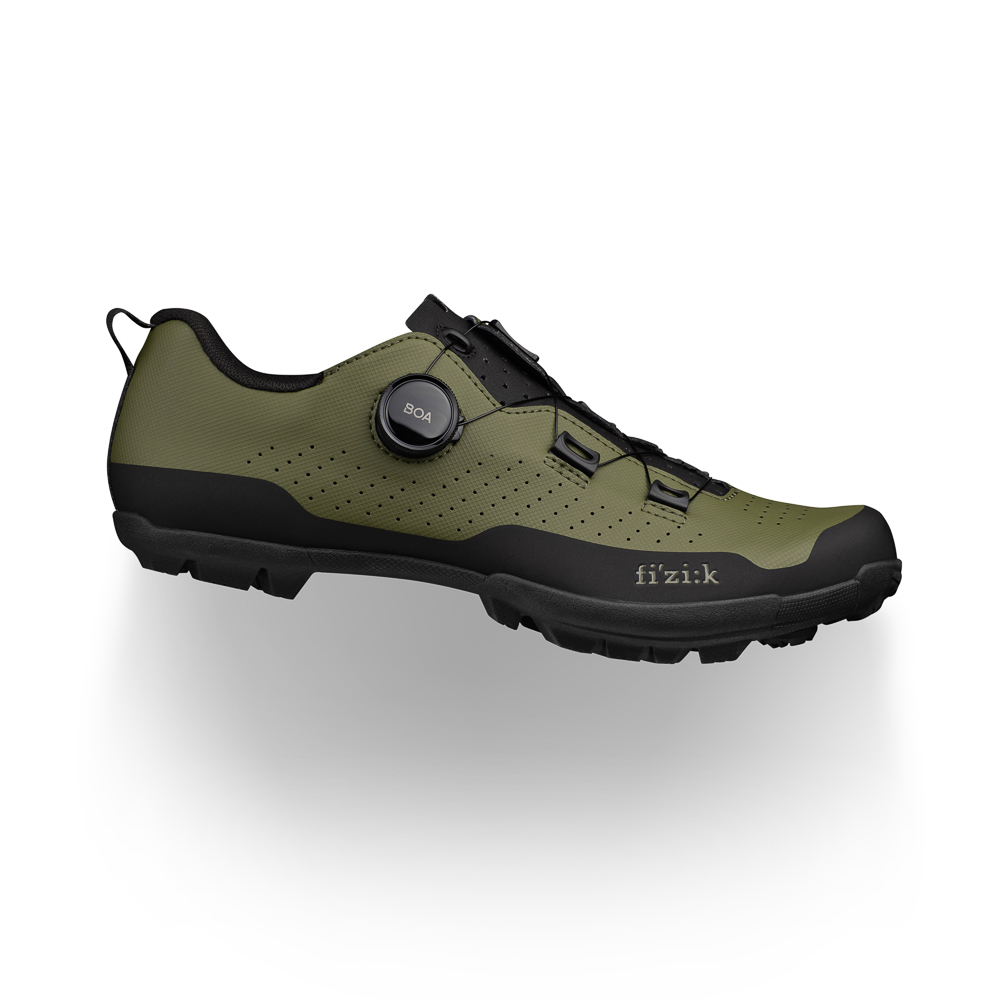
Foot Sizing for Cyclists
Foot sizing for cycling shoes, whether for mountain biking or road cycling, follows similar principles but with a few key considerations:
- Room for Swelling: In mountain biking, your feet are likely to swell slightly due to the varying intensities and temperatures. It’s often advisable to have a bit more room in MTB shoes compared to road shoes.
- Width and Volume: Mountain bikers often prefer a wider toe box for better balance and comfort over uneven terrain. This is in contrast to the narrower fit typically found in road shoes.
- Adapting to the Shoe’s Purpose: Ultimately, the sizing should adapt to the shoe’s purpose. For aggressive mountain biking, a snugger fit might be preferred for better control. For long, leisurely rides, a more comfortable, roomy fit could be beneficial.
Balancing Comfort and Support
Mountain biking involves various terrains and conditions, and your shoes should be capable of handling these while providing comfort and support.
- Sole Stiffness: The sole’s stiffness impacts power transfer. A stiffer sole is great for pedaling efficiency but can be less comfortable for walking. I usually opt for a medium stiffness which provides a good balance for both riding and occasional off-bike walking.
- Upper Material: Look for durable materials like synthetic leather or rugged mesh that can withstand trail abrasions while offering breathability.
- Closure System: Whether it’s Velcro, laces, or ratchets, the closure system should allow for adjustments to achieve a secure and comfortable fit. I’ve found that systems allowing for fine-tuning on the go are beneficial for long rides where feet might swell slightly.
- Insoles and Arch Support: Insoles play a critical role in comfort. Some shoes come with customizable insoles, or you might consider aftermarket insoles for better arch support.
Personal Experience and Tips
Finding the right mountain bike shoe size and fit was a journey for me. Here are some tips based on my experience:
- Always Prioritize Fit Over Size Numbers: Different brands can have different sizings. Focus on how the shoe fits rather than the size number.
- Consider Seasonal Changes: Your feet can swell in heat, so if you often ride in hot weather, consider this in your fit.
- Look for Durability: Mountain biking can be tough on shoes. A durable shoe might be a bit heavier but will last longer.
- Don’t Forget About the Cleats: Ensure the shoe is compatible with your pedal system and allows for easy cleat adjustment.
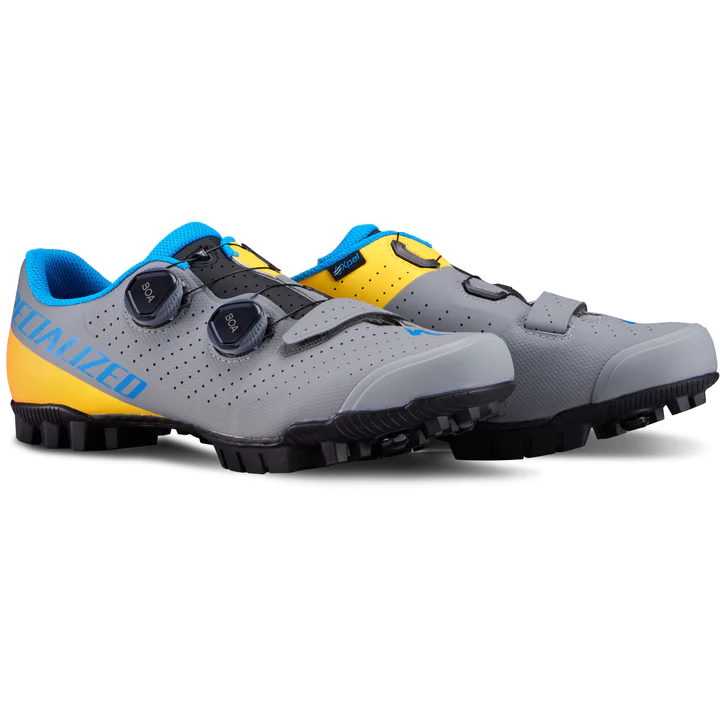
Here are five highly recommended mountain bike shoes from the brands Fizik, Specialized, and Lake, each offering unique features and benefits:
- Fizik Terra X5: These shoes are renowned for their balance of comfort and performance. They feature a stiff sole for effective power transfer and a breathable upper with a secure fit, making them suitable for a wide range of trail conditions.
- Fizik Gravita Tensor: Designed for gravity-oriented riders, these shoes offer exceptional grip and durability. They come with a more flexible sole for comfortable walking and a robust construction to withstand demanding trail use.
- Specialized Recon 3.0: Known for their versatility, the Recon 3.0 shoes from Specialized are great for both competitive and recreational riders. They boast a stiff carbon sole for pedaling efficiency and a comfortable fit for long rides.
- Specialized 2FO ClipLite: These shoes strike an excellent balance between being light enough for efficient pedaling and rugged enough for trail riding. They also feature a dial closure system for a precise fit and a cushioned footbed for comfort.
- Lake MX237: Lake’s MX237 shoes are popular for their durability and comfort. They offer a wider toe box, a real leather upper that molds to the foot over time, and a carbon fiber sole for stiffness and performance.
Each of these models from Fizik, Specialized, and Lake brings something unique to the table, whether it’s for competitive racing, leisurely trail rides, or rugged mountain biking.
Final Thoughts
Choosing the right mountain bike shoes is a blend of getting the right fit, size, comfort, and support. While the process might seem daunting at first, especially for beginner to mid-level cyclists, the right pair of shoes can significantly enhance your mountain biking experience. The best shoe for you is the one that fits well and meets your specific riding needs.
Take your time, try different options, and enjoy the trails!
John
FAQ
What size mountain bike shoes do I need?
To determine the size of mountain bike shoes you need, measure your foot length in centimeters and compare it to the shoe manufacturer’s sizing chart. Consider any specific foot characteristics like width or arch height, and remember that cycling shoe sizes can vary by brand. It’s often recommended to try the shoes on, if possible, to ensure a comfortable and accurate fit.
Should mountain bike shoes be snug?
Yes, mountain bike shoes should be snug but not overly tight. They should offer a secure fit to prevent your foot from moving inside the shoe, while still providing enough room for comfort and slight foot swelling during rides.
Should my toes touch the end of my cycling shoes?
No, your toes should not touch the end of your cycling shoes. There should be a small gap (about the width of a thumb) at the front of the shoe to allow for foot swelling and movement while pedaling.
